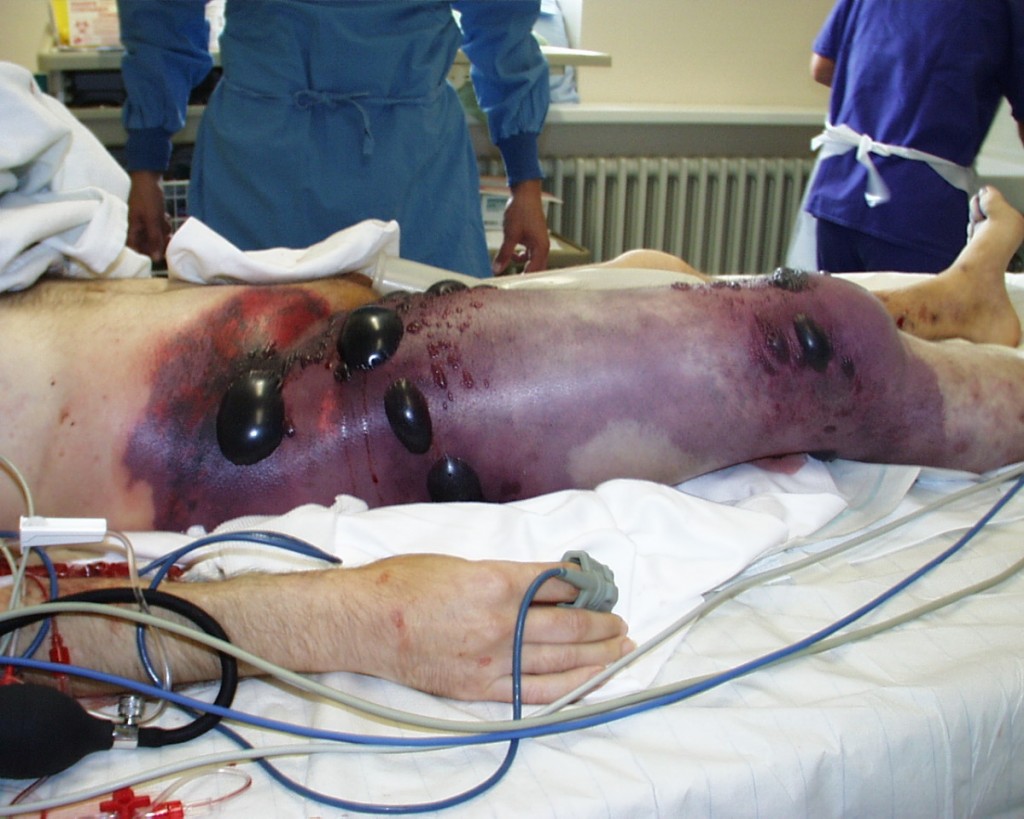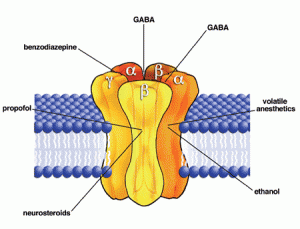On October 6th, 2011, the New England Journal of Medicine published a Health Policy Report entitled “The Uncertain Future of Medicare and Graduate Medical Education“. The Report is worth reading, but the take home message is that we will soon have people graduating from medical school who are unable to find a residency position. A physician who hasn’t completed a residency can’t get a medical license in the United States.
For those of you that aren’t familiar with why a residency position is important, it’s because medical education works like this:
After obtaining a four year Bachelors degree from a University, you attend an additional four years of medical school, typically two years of didactic (lecture) learning, followed by two years of clinical rotations (hospital education). Upon graduation from medical school, you are awarded the Doctor of Medicine (MD) degree. At this point, you have the MD after your name, but your practical experience is still limited to the two years of clinical rotations.
Once you have completed your MD degree, you need to make a decision as to which specialty you will pursue. Different specialties take different types of training. A family practice physician pursues a different path than does an internal medicine physician, who takes a different path than a physician who specializes in Emergency Medicine. This specialized training is known as a “residency”, after the days when the training physicians lived at the hospitals where they were training. Without completing a residency, an MD is unable to become licensed, and therefore can’t treat patients – effectively ending their career as a physician before it ever begins.
Here is the problem: Training a resident costs a hospital money. While some people see residents as low-cost labor for the hospital, it still takes time for the senior physicians (“attendings”) to supervise the residents. Think of it like this: Imagine that you are making dinner for a group of friends who are coming over for a visit. You know that it will take you a set amount of time to make dinner and have it ready for when your friends arrive. Now imagine that your 10 year old nephew is going to make the dinner for you while you supervise his cooking. Will the free labor of your 10 year old assistant make dinner come together faster or slower? How do you think dinner will taste? Now imagine that instead of having a 10 year old assistant to make dinner, you have a freshly minted, MD qualified physician. Sounds pretty good, right? Now instead of making dinner, change your scenario to a kidney transplant. Now imagine that you are the person that is on the operating room table, getting cut open to get your new kidney.
Obviously, it will require more supervision to train a resident than for the attending physician to simply do the job themselves. In order to encourage hospitals to operate residency programs, the Federal government pays a little bit extra for every procedure (covered by Medicare/Medicaid) done in a hospital with a residency program. The funding for residency programs has been frozen for the past decade, so hospitals have no incentive to increase the size of their residency programs.
The need for new physicians is well known. As the boomers age, those physicians that grew up with them are starting to retire. The average age of a US physician is over 45 years old, and many are approaching retirement age. Medical schools have started to increase their class size and several new medical schools have opened in the past few years.
But because residency funding hasn’t been increased in over 10 years, teaching hospitals are not increasing the size of residency programs. We are approaching a glut of medical school graduates who won’t be able to find a residency program, leaving America with a shortage of trained physicians and medical school graduates unable to practice.
Help may be at hand in the form of Senate Bill S.1627 — Resident Physician Shortage Reduction Act of 2011. This Bill calls for an increase in the number of residency positions by 15,000 over the next five years – 3,000 new positions per year. But once again, there is a catch – how will the increase in residency positions be funded? After its introduction, S.1627 has been read to the Senate twice and was then referred to the Committee on Finance.
Without action on your part, S.1627 could die an unnoticed death in the hands of the Committee on Finance. Contact your Senator today and ask for them to support the passage of S.1627. The Committee on Finance is in session right now (October 2011) – your support could be the vote that makes sure S.1627 gets funding.
To contact your Senator, first look up your State at Senate.gov (look in the upper right hand corner of the page). You will have two Senators listed, and they will probably have a link to their web contact form on the page. Use their contact form to express your support for S.1627. Use your own words – form letters don’t count as much as the words of individuals. You can be as short or verbose as you choose. A simple “Please support S.1627” is much better than no message at all. Click on Senate.gov and support S.1627 — Resident Physician Shortage Reduction Act of 2011.
























